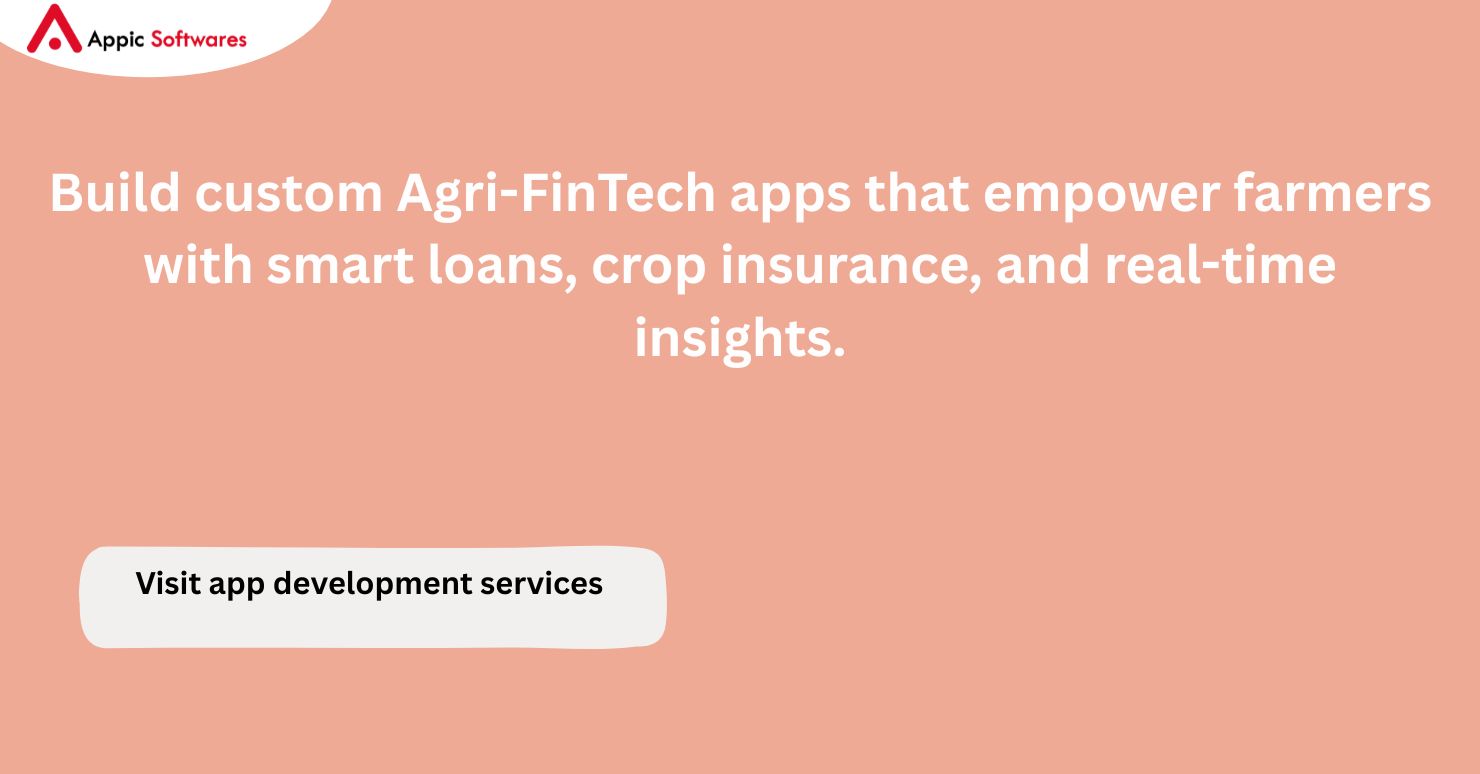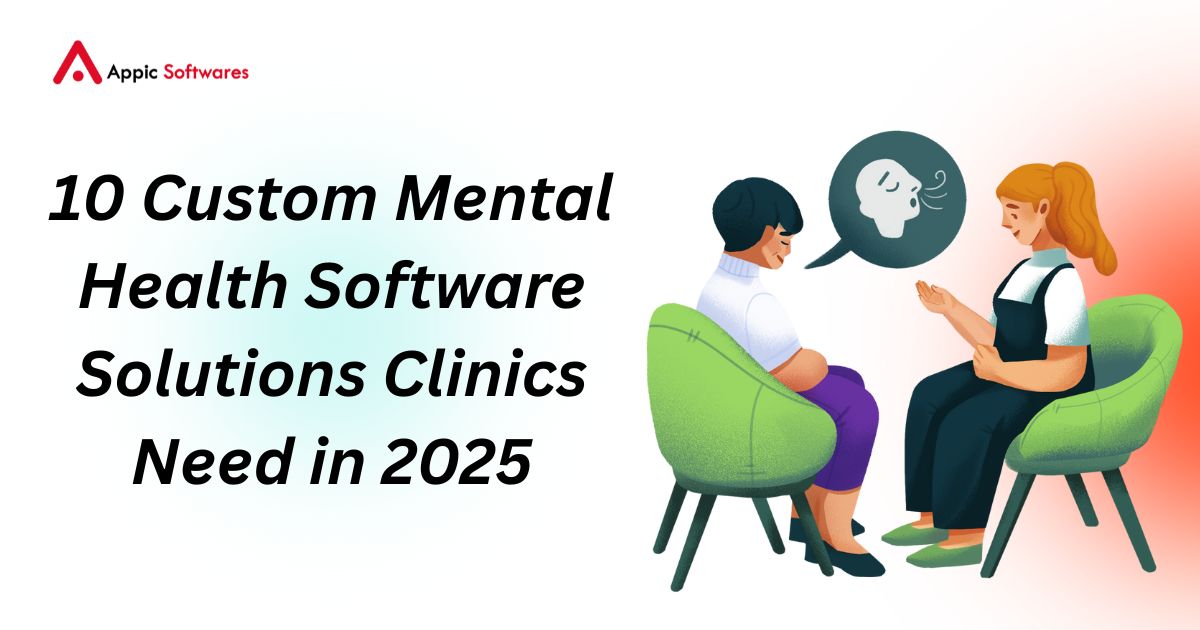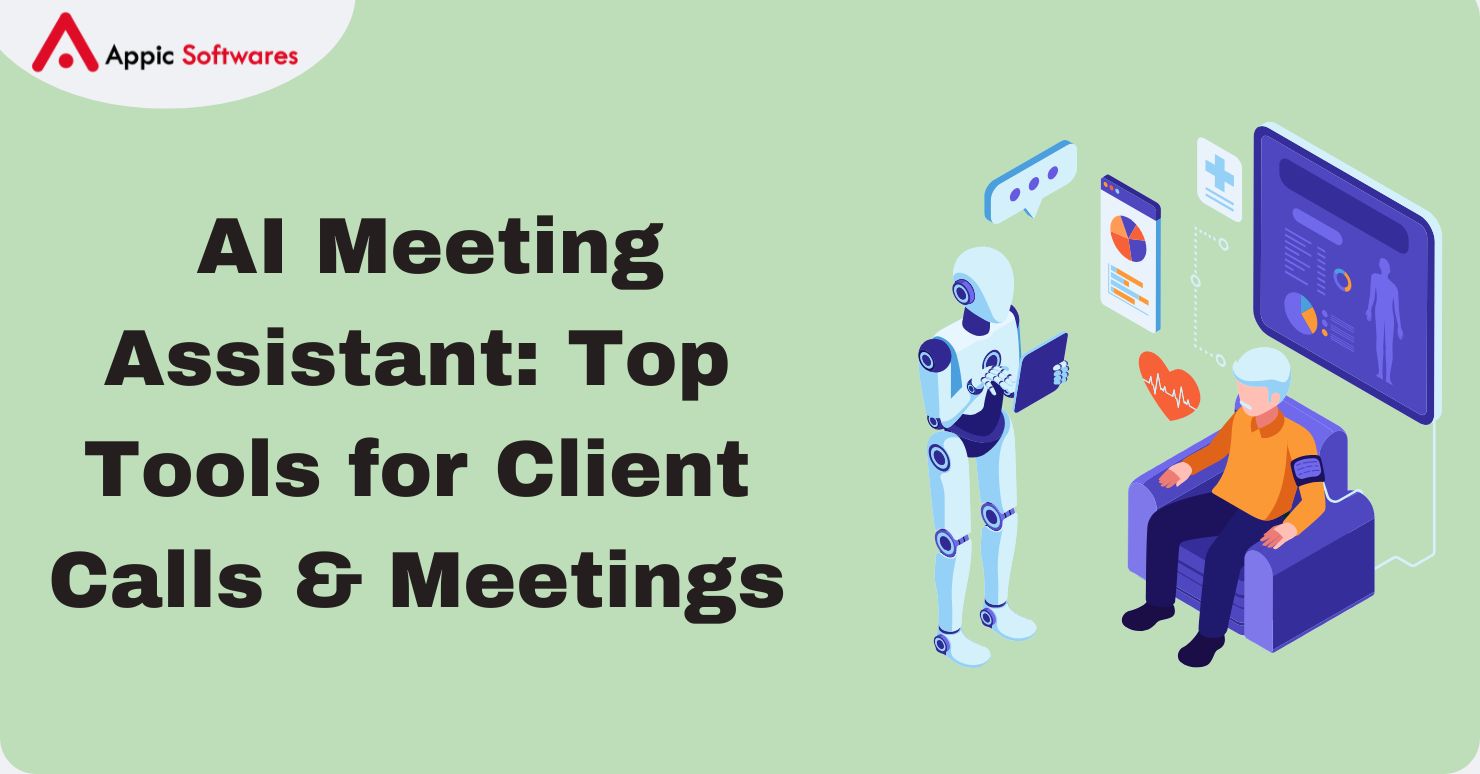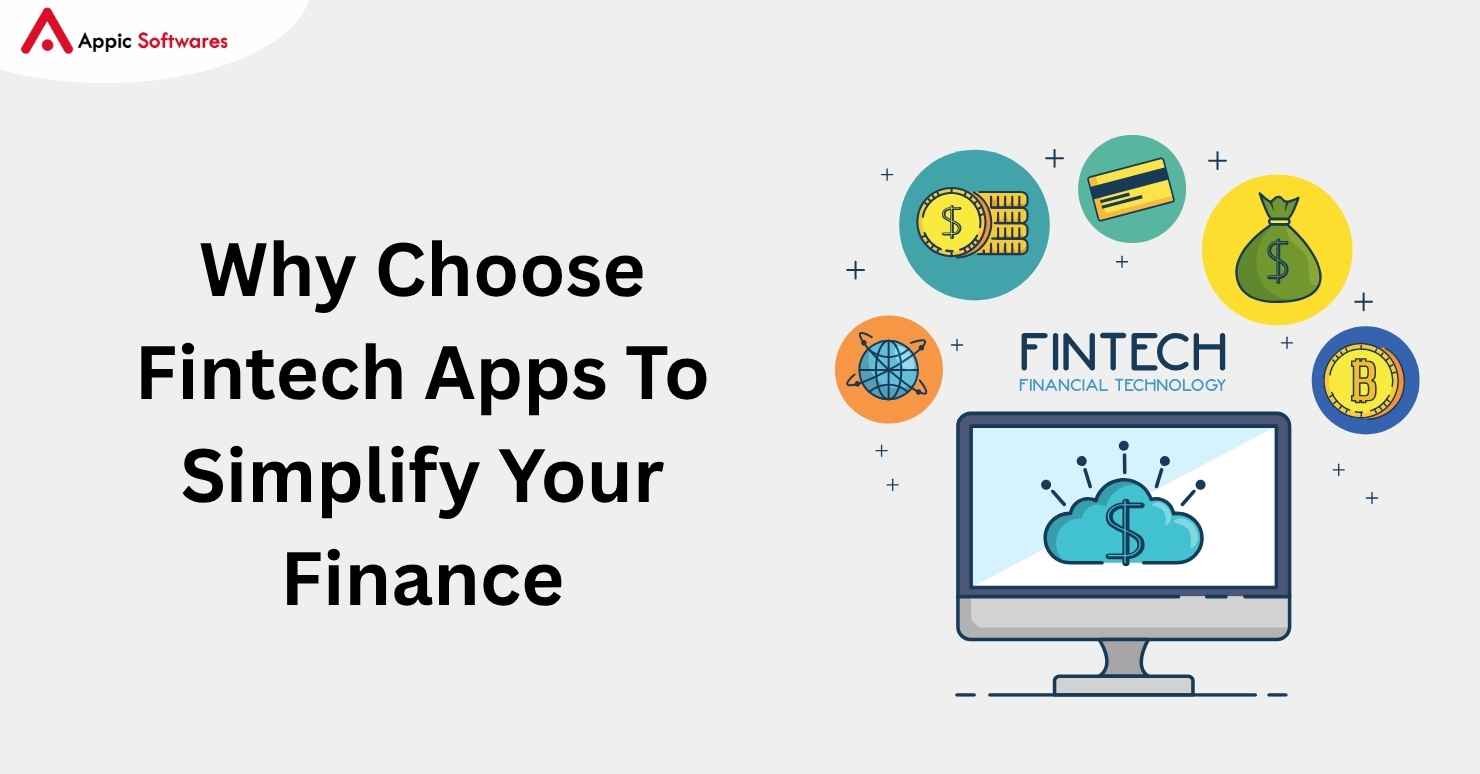
Agriculture, food, and related sectors added 5.5%, or about $1.537 trillion, to the U.S. gross domestic product (GDP) in 2023, according to the Bureau of Economic Analysis. About 0.8% of the U.S. GDP, or $222.3 billion, came from the crops grown on American farms. Still, it’s very hard for U.S. farmers to get reliable banking services. With the rise of financial technology (FinTech), which is especially useful in the agriculture business, there is a tsunami of change. This innovative field, called Agri-FinTech, is changing the ways that farmers in rural areas get protection and loans.
FinTech for Agriculture helps American farmers by bridging the finance gap between rural and urban areas, making financial services mobile-first, using satellite and weather data, giving microfinance, keeping data safe, teaching people about money, and working with local organizations. It plays a pivotal role in bridging the urban-rural financial gap, supported by tools like AI in agriculture and mobile-first banking apps. Businesses and startups looking to make an impact in this sector should also evaluate the cost to create an agriculture software to plan their investment strategically.
Bridging the Urban-Rural Finance Gap Through Agri-FinTech
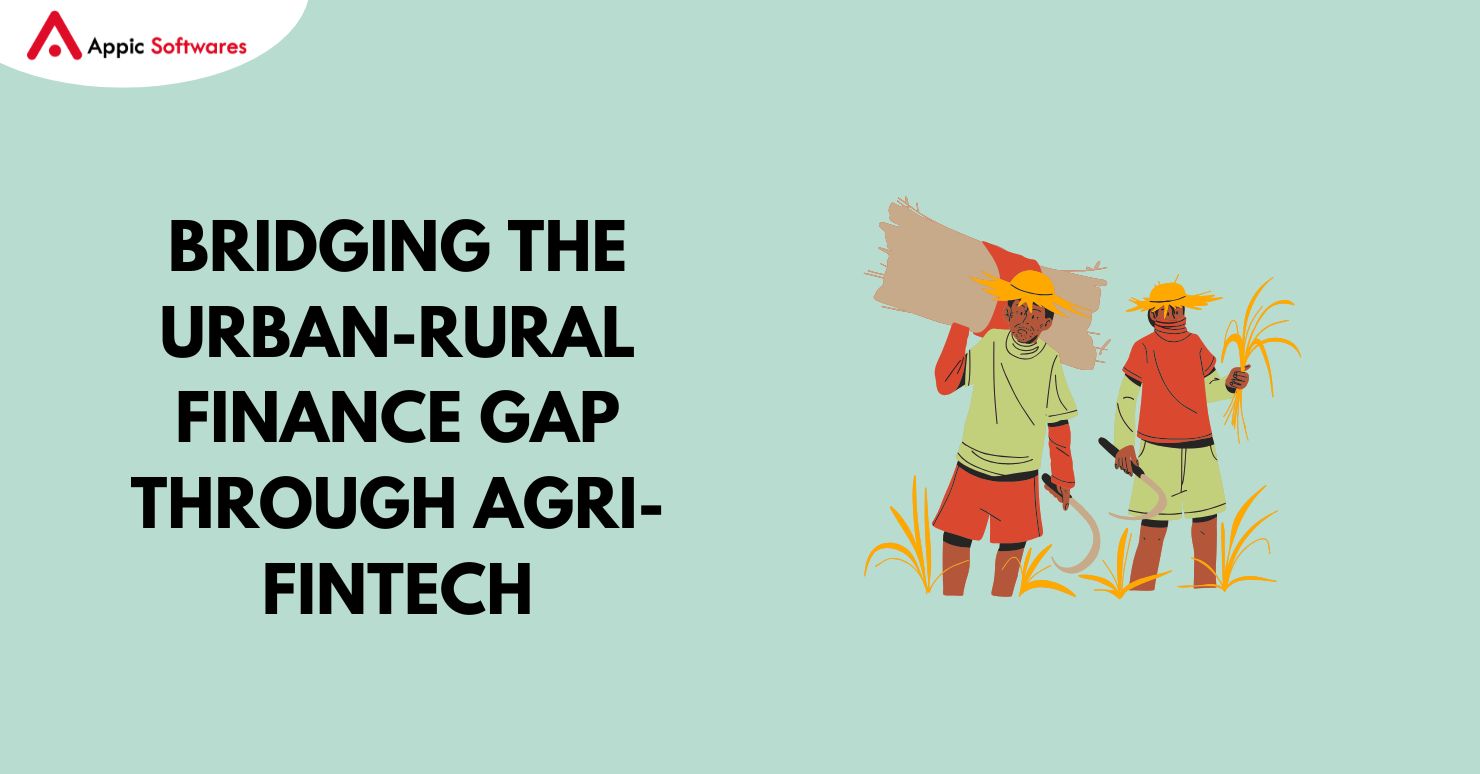
Disconnection Between Rural Farmers and Traditional Finance
Many farmers work in areas where banks or other financial institutions are few. Traditional loans, even those that are accessible, demand collateral that smallholder farmers sometimes lack and entail labor-intensive documentation and long processing times.
More than half of each type of farm said they owed money to a business bank. When it came to borrowers, small family farms that used debt had the biggest percentage of loans from other lenders (28%). Traditional financial tools, built for urban and corporate users, are not optimized for the cyclical and seasonal nature of farming.
How Agri-FinTech Closes the Gap
FinTech offers local expertise, mobile platforms, and data-driven credit score based credit models for agriculture. FarmRaise and ProducePay among other sites offer farmers access funds based on transaction history, crop output forecasts, and real-time market data. These digital solutions eliminate geographical and governmental barriers, so allowing farmers to get the money they need most of the time.
If you’re exploring budget planning, read this breakdown of FinTech app development cost.
Mobile Adoption in Rural America
The Pew Research Center notes that smartphone adoption in rural America has surged to over 80% in recent years. With growing internet access and mobile penetration, farmers are now equipped to engage with financial services through their phones.
Advantages of Mobile-Based FinTech Platforms
Mobile-first FinTech tools are tailored to farmers’ needs. These platforms allow users to:
- Apply for loans instantly
- Monitor cash flow
- Submit insurance claims
- Get real-time market pricing
FarmRaise, for example, helps farmers tap into federal funding programs with just a few smartphone clicks. Instead of navigating government forms, users upload required data, and the platform does the rest.
This accessibility encourages widespread adoption and supports rural economic development.
By building on fintech solutions and local trust networks, Agri-FinTech becomes more inclusive and effective.
Leveraging Satellite & Weather Data in Agri-FinTech Insurance Models
Traditional Insurance Limitations
Farm insurance is essential but often out of reach for smallholder farmers. Traditional models involve manual loss assessments, high premiums, and slow payouts. These methods are not efficient in responding to rapidly changing weather conditions.
Use of Parametric Insurance and Data Analytics
Parametric insurance solutions, according to Agri-FinTech, allow you to be paid back depending on predetermined criteria such as temperature or rainfall. Companies like The Climate Corporation and Crop Pro Insurance provide products using predictive analytics, Internet of Things (IoT) devices, and satellite pictures to monitor crop health and the weather.
Farmers get compensated automatically once the conditions satisfy a designated level. This guarantees that money is protected in hard times, accelerates recovery, and helps to lower conflicts.
Bonus read: FinTech Trends: Innovation And Insights
Microfinancing Solutions Tailored for Small US Farms
The Financial Challenges of Small Farms
Small farms in the U.S. contribute significantly to local food systems but often operate with tight margins and unpredictable income.
Digital Microloans: A Scalable Solution
Microloans starting from as little as $500 are available on Agri-FinTech sites such as Steward and Kiva USA. Many times, these loans are paid back under flexible terms fit for the agricultural calendar. Unlike conventional banks, these systems are open to beginning or underprivileged farmers since they do not demand a thorough credit history.
Table: Comparison Between Traditional Loans and Agri-FinTech Microloans
| Feature | Traditional Bank Loans | Agri-FinTech Microloans |
|---|---|---|
| Processing Time | 2-4 weeks | 24-72 hours |
| Minimum Loan Amount | $10,000+ | As low as $500 |
| Credit Score Requirement | Yes | Sometimes not needed |
| Accessibility | Branch-dependent | Mobile/web platforms |
| Repayment Terms | Fixed monthly | Seasonal, flexible |
These microloans empower farmers to invest in timely equipment repairs, seeds, fertilizers, and irrigation infrastructure.
Data Security and Privacy in Agri-FinTech Applications
The Risks of Digital Transformation
As FinTech platforms collect more data on farm activities, transactions, and personal identification, data security becomes paramount. A breach could lead to financial loss and erode the trust of farming communities.
Ensuring Privacy and Building Trust
Leading Agri-FinTech companies today follow national privacy laws such the California Consumer Privacy Act (CCPA) and apply cutting-edge encryption techniques.
Apps like Farmobile and Bushel allow consumers exact control over their records. Farmers can choose which companies access their data, how long it’s kept, and how it’s used.
This openness guarantees FinTech platforms’ viability and helps users to trust them.
Encouraging Financial Literacy Through Agri-FinTech Platforms
The Literacy Gap in Rural Finance
Digital tools alone aren’t enough. Many farmers lack basic knowledge about loan structures, credit scores, or insurance coverage. This lack of financial literacy leads to poor decision-making and missed opportunities.
Educational Features in FinTech Platforms
Many Agri-FinTech platforms now integrate educational content. Users can:
- Watch tutorials on financial planning
- Use budgeting tools for crop cycles
- Attend virtual training sessions
Farm Commons and FarmRaise provide accessible educational resources on tax filing, debt management, and grant applications. These initiatives help build a financially savvy farming community.
Partnering with Agri Co-ops and Local Institutions to Scale FinTech Solutions
The Power of Local Collaboration
To succeed, Agri-FinTech must be embedded in existing rural ecosystems. Partnering with agricultural co-ops, extension services, and local credit unions increases reach and credibility.
Scaling Through Networks
Platforms like Taranis work with farmer cooperatives all throughout the Midwest to apply credit scoring tools, satellite analytics, and real-time pest alarms. These cooperation:
- Increase adoption
- Reduce onboarding costs
- Provide region-specific insights
The Future of Agri-FinTech in the USA
Market Growth and Adoption
In the last 10 years, more than $2.06B has been put into the Agri FinTech business. More than $464M was given in 2021, which was the most money.
Innovations on the Horizon
We can expect to see:
- AI-powered crop yield forecasting integrated with loan approval systems
- Blockchain and tech stacks for transparent crop insurance claims
- Generative AI in fintech improving decision-making and risk management
- These innovations will drive operational efficiency and resilience for U.S. farms.
Conclusion
FinTech for agriculture is changing how farmers get to, learn about, and use banking services. Agri-FinTech is giving American agriculture a bright financial future by offering mobile-first credit systems, weather-based insurance, microloans, and platforms that put privacy first.
Are you interested in creating FinTech software that significantly benefits companies?
We build strong FinTech for agriculture solutions with the help of agri-businesses, startups, and rural institutions here at Appic Softwares. We make smart, quick, and easy to use tools, like loan applications for small farmers and insurance plans that use weather data.
Need a team you can trust? Hire developers in India or even a complete software development team tailored to your Agri-FinTech needs.
Let’s make rural finance smarter, together.
Talk to us today and see how we can bring your Agri-FinTech idea to life.
FAQs
1. What is Agri-FinTech?
Agri-FinTech combines agriculture with financial technology to offer farmers better access to loans, insurance, and financial tools. It leverages mobile apps, satellite data, and analytics to serve the financial needs of rural communities through innovative agriculture software development.
2. Why is FinTech important for agriculture in the U.S.?
Traditional banks often don’t cater effectively to rural and seasonal farming needs. FinTech for agriculture fills this gap by offering quick, accessible, and affordable financial products tailored for farmers.
3. Can small farmers with no credit history access Agri-FinTech services?
Indeed, several Agri-FinTech systems apply alternative credit scoring systems depending on digital activities, transaction records, or farm yield data. This makes finance available even to newly started or underprivileged farmers.
4. Is my farm data safe with Agri-FinTech platforms?
Most respectable sites comply with legislation like the California Consumer Privacy Act (CCPA) and have robust data security measures in place like encryption. Some systems let you even manage who has access to your information.






